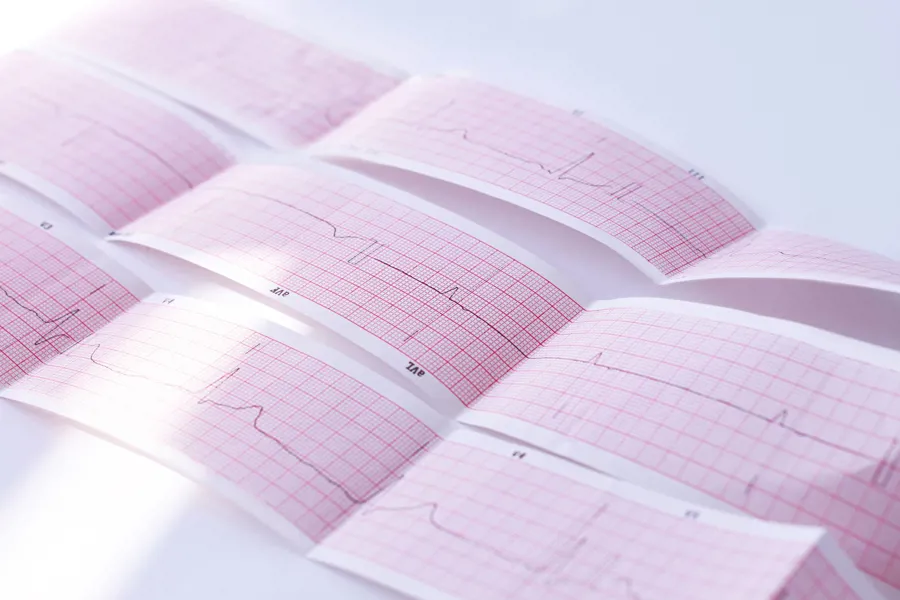Arrhythmias and athletes
The rhythm of the human heart is controlled closely by electrical signals.

If these signals are disturbed, your heart rhythm changes and arrhythmia occurs. This could mean that your heart is beating too slow, too quick or with an irregular pattern.
Some individuals are more prone to arrhythmias than others. Athletes are considered to be super healthy, but intense physical activity can aggravate and accelerate arrhythmogenic disease. On the other hand, the positive effects of exercise for quality of life and lifestyle related disease is undisputable.
Therefore, some people are advised to restrict physical activity while the majority should rather increase the level of their exercise. Personalized exercise recommendations are urgently needed to avoid unnecessary restrictions and to minimize risk of potentially dangerous arrhythmias. Efforts to optimize risk stratification and treatment of patients vulnerable for ventricular tachyarrhythmias are needed, included development of tools for incorporation of physical exercise data in these considerations.
While some arrhythmias are potentially dangerous, other more common disturbances may be bothersome and impair quality of life. Otherwise healthy athletes are at increased risk of atrial fibrillation, but little is known about how these individuals should be managed. We aim to improve the quality of care for both athletes and non-athletes with arrhythmias.
Some individuals are more prone to arrhythmias than others. Athletes are considered to be super healthy, but intense physical activity can aggravate and accelerate arrhythmogenic disease. On the other hand, the positive effects of exercise for quality of life and lifestyle related disease is undisputable.
Therefore, some people are advised to restrict physical activity while the majority should rather increase the level of their exercise. Personalized exercise recommendations are urgently needed to avoid unnecessary restrictions and to minimize risk of potentially dangerous arrhythmias. Efforts to optimize risk stratification and treatment of patients vulnerable for ventricular tachyarrhythmias are needed, included development of tools for incorporation of physical exercise data in these considerations.
While some arrhythmias are potentially dangerous, other more common disturbances may be bothersome and impair quality of life. Otherwise healthy athletes are at increased risk of atrial fibrillation, but little is known about how these individuals should be managed. We aim to improve the quality of care for both athletes and non-athletes with arrhythmias.
Sist oppdatert 22.12.2022